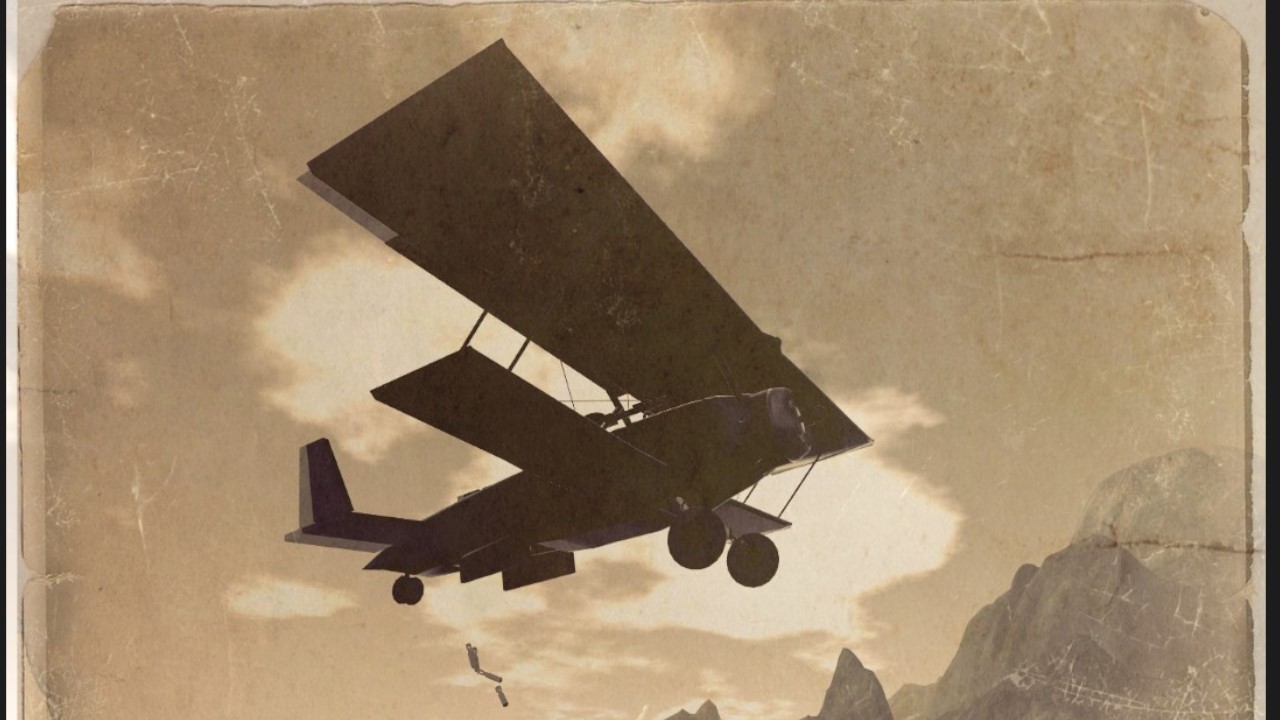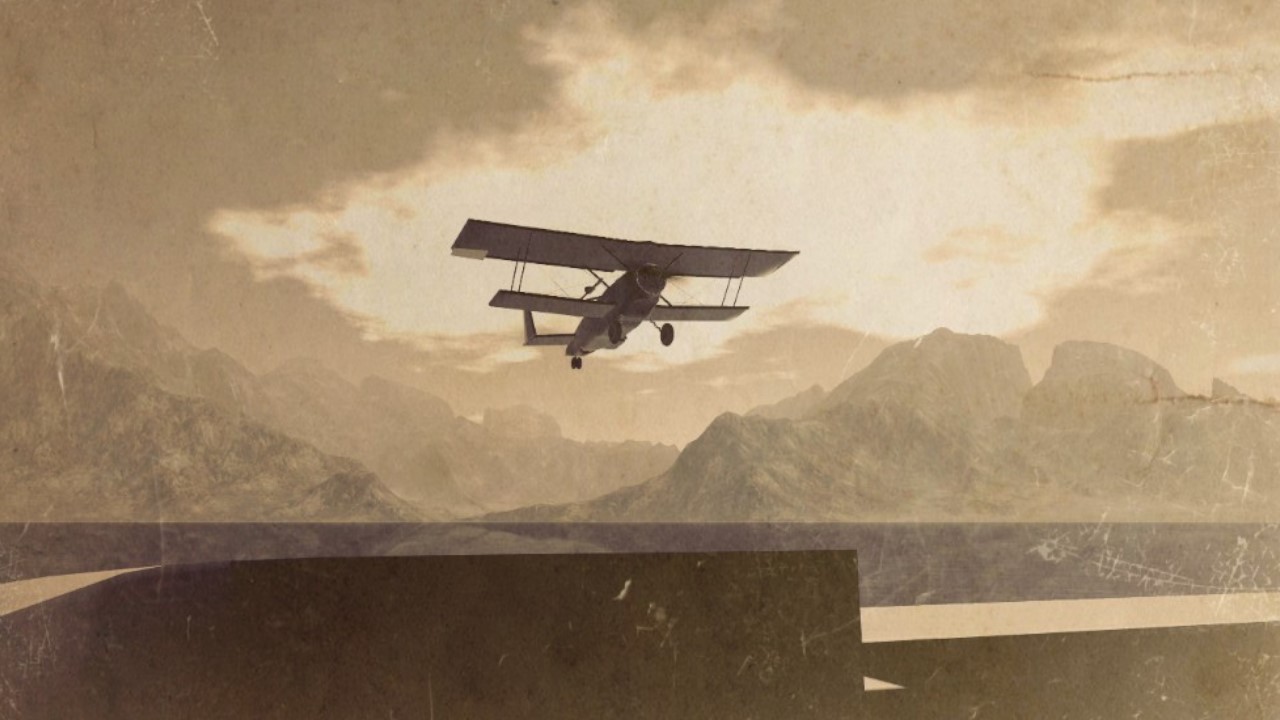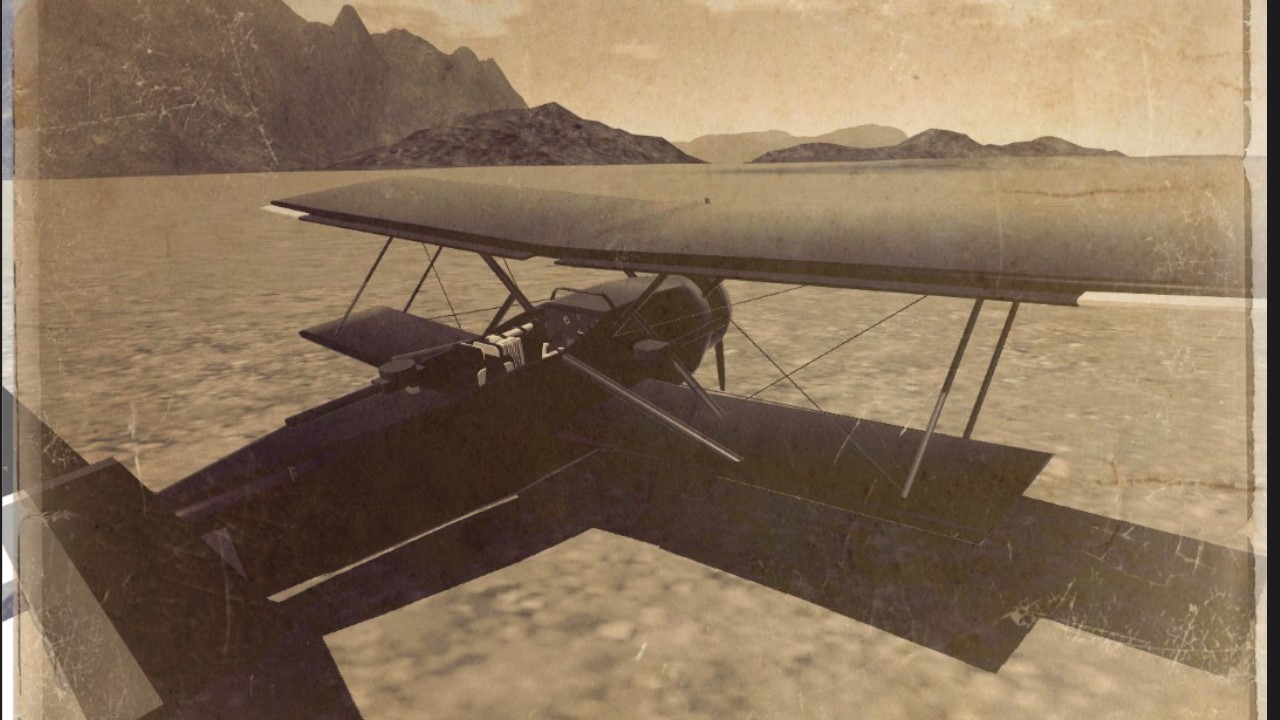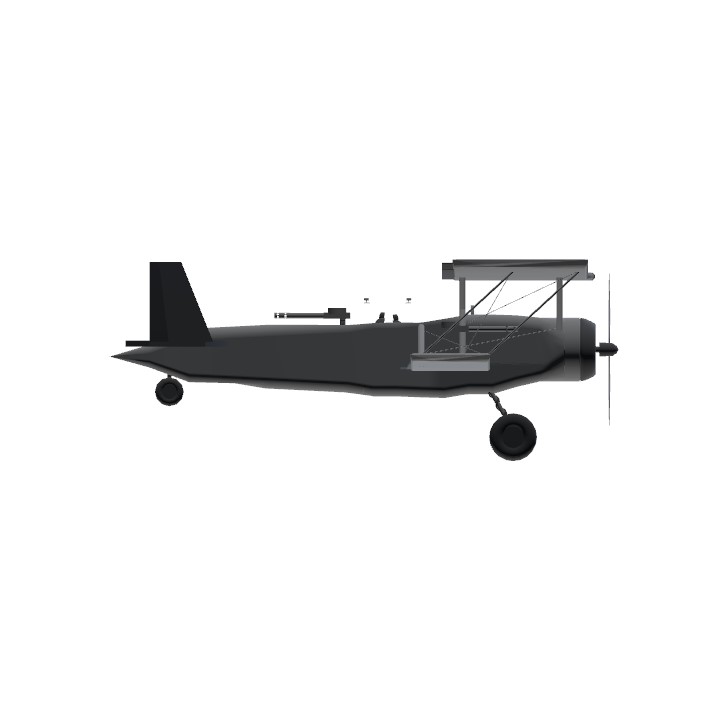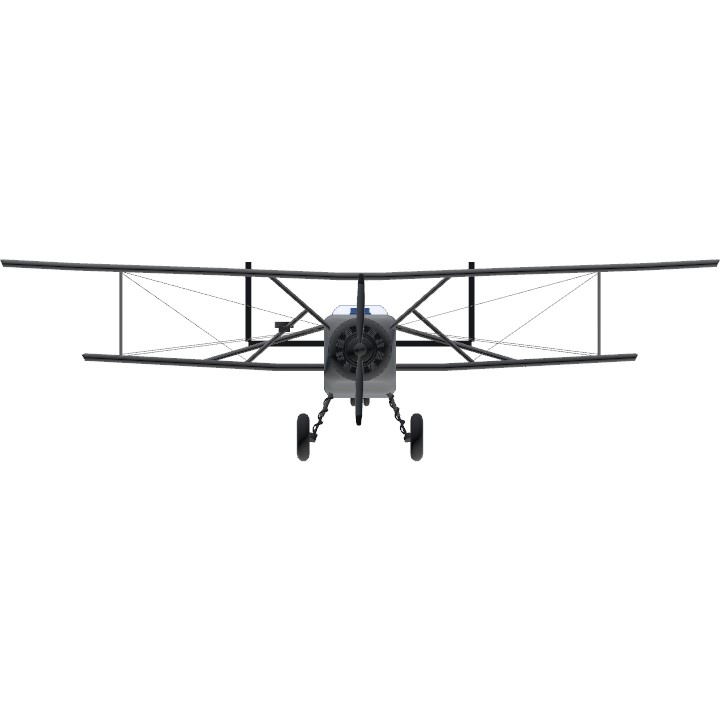As the Great War loomed over Europe, rapid advances were to be made in the field of aviation. Not to be left behind, Epic Engineering pushed forward, taking on military contracts while avoiding tying themselves to one side of the war. After all, just because there is a war doesn't mean it has to be unprofitable.
Origin
Whereas Cuthbert decided to open a manufacturing plant in the heart of Europe to stay in touch with the cutting edge of aviation design, Albert Epic decided to open a manufacturing plant in Albania instead, making full use of the cheap local labour and limited competition in the local aviation space. However, he also realised that offering a military aeroplane to nations at war would be the best way to make money. As the Viscount was already somewhat popular with Axis aligned nations, Albert decided to pivot and offer a design to the Entente, not out of hatred to his own brother, but simply as a way to make profit from both sides of the war. Thus, at the dawn of 1918 he presented the Broadsword, a two seater reconnaissance and light attack aircraft.
Design
Instead of opting for an inline Engine, Albert rationalised that a cheaper and more reliable and easy to maintain radial engine was to power his aircraft. Incidentally, as engine development packed up pace during the war, t allowed him to design his airframe around an engine that could deliver way more power than the engine provided in the Viscount. Another very advanced feature of this airframe was the inclusion of a somewhat bulky, yet effective two way in flight radio, a allowing unrivalled coordination between commanders on the ground and pilots n the sky, deal for gathering intelligence or coordinating bombing runs. The internal bomb bay at the rear of the aircraft was operated by the gunner/observer, who aimed the bombs simply by looking through the open bomb bay door below Of course, this way not particularly accurate.
Handling
With a top speed of over 218kmh, this plane reaches the upper limit of power used by aeroplanes in World War 1, despite being a twin seater. The split tail enables the gunner a direct line of fire to enemies at the 6 o clock position. While the offensive armament is limited to a single machinegun, this airframe is deceptively nimble, sporting a sharp turning radius owed to it's large wing area. This plane is even able to operate from small escort carriers due to it's low stall speed at around 80 kmh.
Instructions
AG1: Open Bomb Bay
AG2: Activate turret, VTOL to turn, TRIM to angle
AG3:Activate forward MG
As always, thank you so much for your interest in our products. While this is a legacy product, aftermarket upgrades and modifications are still highly encouraged. If you still have any questions, feel free to ask.
Specifications
General Characteristics
- Created On Windows
- Wingspan 37.0ft (11.3m)
- Length 25.8ft (7.9m)
- Height 10.4ft (3.2m)
- Empty Weight 2,789lbs (1,265kg)
- Loaded Weight 3,162lbs (1,434kg)
Performance
- Horse Power/Weight Ratio 0.086
- Wing Loading 7.6lbs/ft2 (37.3kg/m2)
- Wing Area 414.4ft2 (38.5m2)
- Drag Points 2309
Parts
- Number of Parts 135
- Control Surfaces 6
- Performance Cost 756

